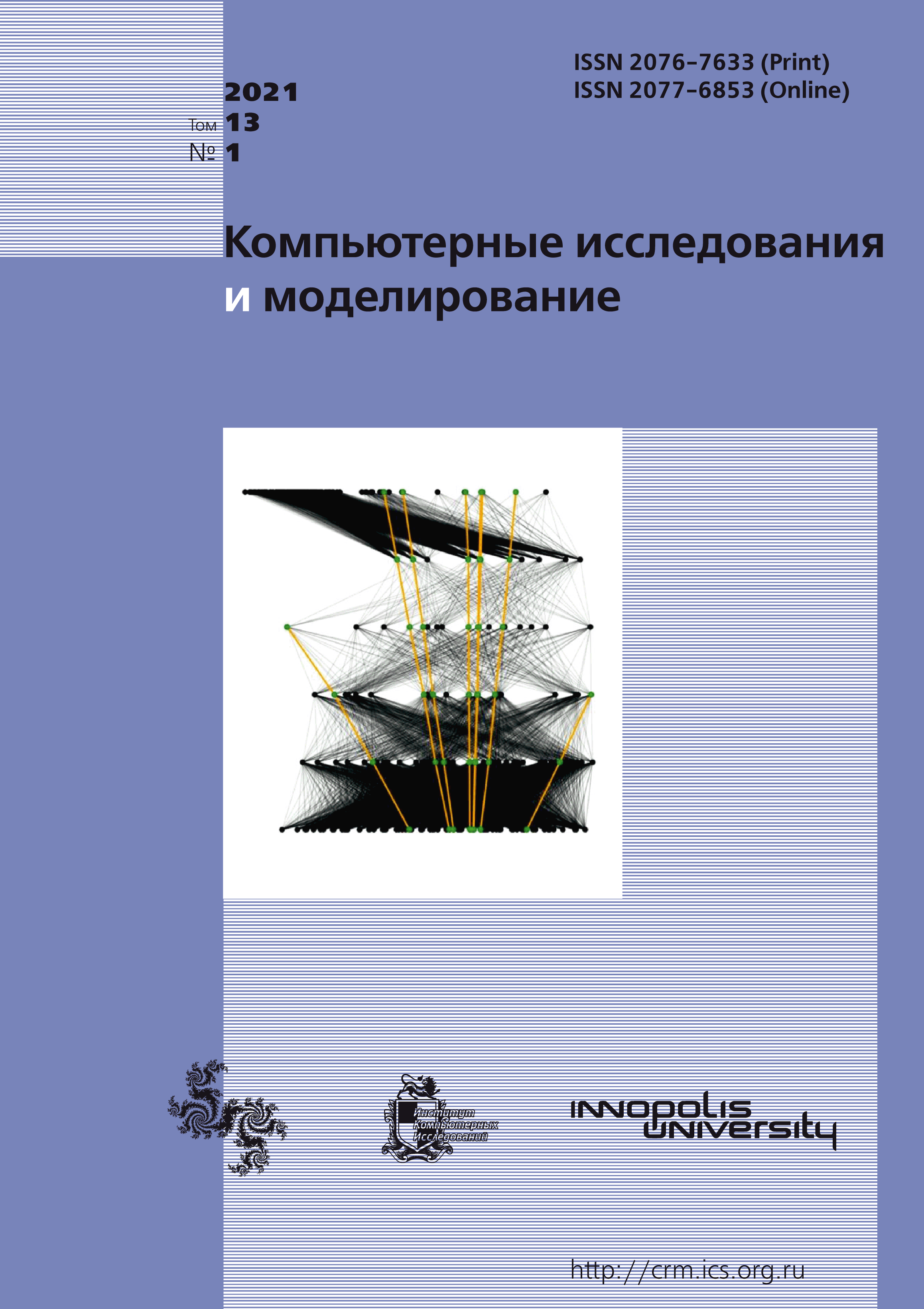All issues
- 2025 Vol. 17
- 2024 Vol. 16
- 2023 Vol. 15
- 2022 Vol. 14
- 2021 Vol. 13
- 2020 Vol. 12
- 2019 Vol. 11
- 2018 Vol. 10
- 2017 Vol. 9
- 2016 Vol. 8
- 2015 Vol. 7
- 2014 Vol. 6
- 2013 Vol. 5
- 2012 Vol. 4
- 2011 Vol. 3
- 2010 Vol. 2
- 2009 Vol. 1
Modeling the number of employed, unemployed and economically inactive population in the Russian Far East
 pdf (2155K)
pdf (2155K)
Studies of the crisis socio-demographic situation in the Russian Far East require not only the use of traditional statistical methods, but also a conceptual analysis of possible development scenarios based on the synergy principles. The article is devoted to the analysis and modeling of the number of employed, unemployed and economically inactive population using nonlinear autonomous differential equations. We studied a basic mathematical model that takes into account the principle of pair interactions, which is a special case of the model for the struggle between conditional information of D. S. Chernavsky. The point estimates for the parameters are found using least squares method adapted for this model. The average approximation error was no more than 5.17%. The calculated parameter values correspond to the unstable focus and the oscillations with increasing amplitude of population number in the asymptotic case, which indicates a gradual increase in disparities between the employed, unemployed and economically inactive population and a collapse of their dynamics. We found that in the parametric space, not far from the inertial scenario, there are domains of blow-up and chaotic regimes complicating the ability to effectively manage. The numerical study showed that a change in only one model parameter (e.g. migration) without complex structural socio-economic changes can only delay the collapse of the dynamics in the long term or leads to the emergence of unpredictable chaotic regimes. We found an additional set of the model parameters corresponding to sustainable dynamics (stable focus) which approximates well the time series of the considered population groups. In the mathematical model, the bifurcation parameters are the outflow rate of the able-bodied population, the fertility (“rejuvenation of the population”), as well as the migration inflow rate of the unemployed. We found that the transition to stable regimes is possible with the simultaneous impact on several parameters which requires a comprehensive set of measures to consolidate the population in the Russian Far East and increase the level of income in terms of compensation for infrastructure sparseness. Further economic and sociological research is required to develop specific state policy measures.
Copyright © 2021 Khavinson M.J., Losev A.S., Kulakov M.P.
Indexed in Scopus
Full-text version of the journal is also available on the web site of the scientific electronic library eLIBRARY.RU
The journal is included in the Russian Science Citation Index
The journal is included in the RSCI
International Interdisciplinary Conference "Mathematics. Computing. Education"






